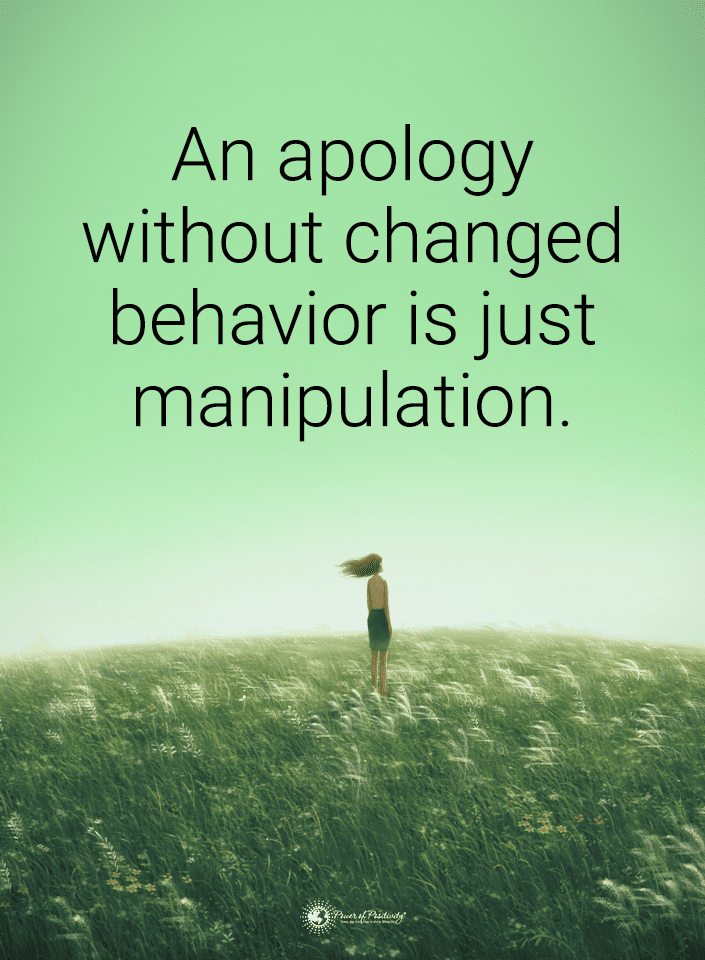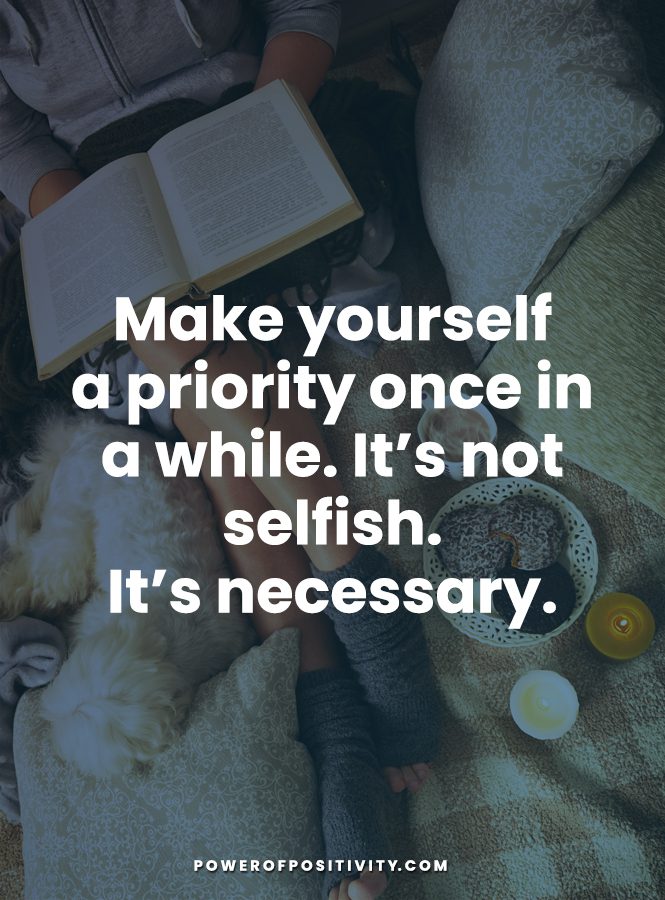Know the critical red flags of narcissism.
Narcissistic Personality Disorder (NPD) is a psychological condition characterized by excessive self-importance and a lack of empathy toward others. Identifying the behaviors that reveal narcissism is crucial for understanding the dynamics and safeguarding one’s well-being. By recognizing the behaviors of a narcissist, individuals can establish healthy boundaries and protect themselves from the emotional and psychological toll often associated with dealing with a narcissistic individual.
1. Grandiosity and Exaggerated Self-Importance Are Behaviors of Narcissism
Narcissists often display a grandiose self-perception and an exaggerated sense of self-importance. This makes it one of the critical behaviors to identify when dealing with someone who may have Narcissistic Personality Disorder.
They relentlessly seek validation from others, yearning for constant admiration and adoration. Thus, this behavior manifests in their tendency to dominate conversations, redirecting the focus to themselves and their achievements. Their inflated self-worth may lead them to diminish the accomplishments of others. They also dismiss them as insignificant in comparison.
Furthermore, their narcissistic grandiosity can be seen in their tendency to engage in self-aggrandizement, using various tactics to bolster their image. They may exaggerate their achievements, embellish their stories, or create a false narrative to impress and manipulate others.
2. Lack of Empathy
One of a narcissist’s most significant and concerning behaviors is the notable lack of empathy. Narcissists often struggle to understand and relate to the emotions and experiences of others, prioritizing their own needs and desires above all else. The empathy deficit and emotional detachment set them apart. This lack of compassion is rooted in their intense self-centeredness and an overwhelming focus on their desires and concerns. Narcissists are primarily driven by a need for personal validation and gratification, making it difficult for them to extend genuine compassion or consideration toward others.
3. Sense of Entitlement
One prevalent behavior observed in narcissists is a profound sense of entitlement. Narcissists firmly believe they deserve special treatment, privileges, and attention, often without reciprocation or consideration for others. This sense of entitlement stems from their grandiose self-perception and an inflated sense of self-importance.
Narcissists view themselves as inherently superior to others, leading them to believe that the rules and norms that apply to everyone else do not apply to them. They expect everyone to cater to them, demanding unwavering attention and validation from those around them. Narcissists may feel entitled to have their needs met immediately, disregarding the needs and boundaries of others.
They may exhibit impatience, frustration, or anger when their desires are not instantly fulfilled, viewing it as a personal affront. Additionally, the behaviors of a narcissist often include a lack of reciprocity in their relationships. They expect others to go above and beyond for them, yet they rarely extend the same level of consideration or effort in return.
Their sense of entitlement blinds them to mutual respect and compromise, as they believe they deserve special privileges without meeting the same standards.
4. Need for Constant Attention and Demanding Admiration Are Behaviors of a Narcissist
One of the defining behaviors of a narcissist is their insatiable need for constant attention and demanding admiration. Narcissists relentlessly seek validation, praise, and adoration from others to uphold their inflated self-image. Their narcissistic attention-seeking is relentless, as they thrive on being the center of focus in any social setting.
They seek to be constantly admired and recognized for their supposed exceptional qualities. The narcissist’s need for admiration goes beyond wanting attention, driven by deep-rooted insecurity. They rely on constant validation to maintain their fragile self-esteem and reinforce their grandiose self-perception.
They may experience a sense of worthlessness or vulnerability without constant affirmation and admiration. This behavior can be emotionally exhausting for those around them, as narcissists demand constant praise and admiration without reciprocating or showing genuine interest in others. They may dismiss or devalue the accomplishments of others, seeing them as threats to their superiority.
5. Exploitative Behavior and Narcissism
Exploitative behavior is a troubling characteristic commonly observed in the behaviors of a narcissist). In fact, narcissists frequently take advantage of others to fulfill their own needs, disregarding the well-being of those around them. Driven by their self-centered nature, narcissists view relationships as opportunities for personal gain rather than mutually beneficial connections.
They possess a keen ability to identify and exploit the vulnerabilities and weaknesses of others, using manipulation as a means to control and exert power. Narcissists employ various tactics to exploit others. They may gaslight, distorting reality to make their victims doubt their perceptions and sanity. They may use charm and charisma to manipulate emotions, gaining control over individuals who become infatuated or entranced by their superficial charm.
Furthermore, narcissists tend to exploit the empathy and compassion of others, capitalizing on their willingness to help and support. They manipulate situations to evoke sympathy or guilt, utilizing emotional manipulation to extract resources, favors, or attention without genuine reciprocity.

6. Lack of Accountability and Blaming Others Are Behaviors of a Narcissist
One striking behavior of a narcissist is their consistent lack of accountability and inclination to blame others for their shortcomings or mistakes. Narcissists exhibit a remarkable ability to deflect responsibility and protect their self-image by avoiding accountability.
Narcissists often refuse to accept responsibility when faced with criticism, failure, or negative outcomes. Instead, they engage in a pattern of blame-shifting, directing fault toward others and absolving themselves of wrongdoing. They may greatly justify their actions, manipulate the narrative, or deny their faults altogether.
By shifting blame, narcissists maintain their grandiose self-image and avoid feelings of shame or vulnerability. They are adept at manipulating others, distorting the truth, and casting themselves as victims or innocent parties. This enables them to maintain a façade of superiority and evade the consequences of their actions.
7. Envious and Jealous Reactions
Envy and jealousy are common reactions observed in the behaviors of a narcissist. Narcissists struggle to tolerate or celebrate the achievements of others, often harboring feelings of resentment and displaying behaviors aimed at undermining or devaluing those around them. Narcissists possess an intense desire to be perceived as superior and exceptional.
When confronted with the accomplishments or positive attributes of others, they may experience a deep sense of envy. This envy stems from their fear of being overshadowed or their fragile self-esteem being threatened by the success of others. Instead of offering genuine support or admiration, narcissists may respond with jealousy and attempt to undermine the achievements of others.
They may belittle or downplay the accomplishments of those around them, seeking to maintain their sense of superiority. Their envy-driven behaviors may include making dismissive comments, engaging in competitive behaviors, or actively seeking ways to sabotage the success of others.
8. Fragile Self-Esteem Masked by Arrogance Often Occurs in Narcissism
Despite their outward displays of arrogance and superiority, narcissists often harbor a fragile self-esteem that is carefully masked. Behind their grandiose behavior lies a deep-seated sense of insecurity and a vulnerable sense of self-worth.
This fragility is shielded by their exaggerated confidence, creating a defense mechanism to protect themselves from perceived inadequacies. Individuals with narcissistic tendencies adopt an inflated sense of self-importance, engaging in self-aggrandizement to conceal their inner insecurities.
By projecting an image of superiority, they create a false narrative that they are invincible and flawless. This grandiosity is a shield, masking insecurities and safeguarding their fragile self-esteem from perceived threats or criticisms. Their grandiose behavior is not a genuine reflection of their true selves but a carefully constructed defense mechanism to preserve their delicate ego.
9. Boundary Violations and Disregard for Others’ Feelings
One of the distinct behaviors of narcissism is the consistent violation of boundaries and a blatant disregard for the emotions and well-being of others. Narcissists often cross personal boundaries, dismiss the feelings and needs of those around them, and prioritize their desires above all else.
Personal boundaries are essential for maintaining healthy relationships and respecting individual autonomy. However, people struggling with narcissism view boundaries as limiting their freedom and entitlement. This narcissistic boundary crossing intrudes into the personal space, emotional boundaries, and privacy of others without remorse.
Narcissists lack empathy, ignoring others’ emotions and dismissing their concerns. They may manipulate or coerce individuals into compromising boundaries to fulfill the narcissist’s desires or maintain their approval. Disregarding personal boundaries and others’ feelings can lead to significant emotional harm for those involved with narcissists.
10. Manipulative and Gaslighting Tactics Are Behaviors of a Narcissist
Narcissists are adept at employing manipulative tactics and gaslighting techniques as part of their repertoire. These behaviors allow them to exert psychological control over others, distorting reality, manipulating perceptions, and undermining the confidence and sanity of those around them.
Manipulation is a central feature of narcissistic behavior. Thus, narcissists possess a keen ability to exploit the vulnerabilities and weaknesses of others for their gain. They manipulate situations, emotions, and information. That’s because they must assert control and maintain self-perceived superiority. Gaslighting is an insidious form of manipulation that narcissists use.
Through gaslighting, they systematically erode the confidence and perception of the reality of their victims. Gaslighting is a powerful tool that allows narcissists to retain power and control over their victims while deflecting attention from their negative behaviors. They use charm and charisma to manipulate emotions and win others, further enhancing their control over relationships and social dynamics.
Final Thoughts on Detecting the Behaviors of a Narcissist
Understanding and addressing the behaviors of a narcissist are crucial for maintaining emotional well-being and establishing healthy relationships. Individuals can establish boundaries and prioritize self-care by recognizing patterns of grandiosity, lack of empathy, entitlement, attention-seeking, exploitation, lack of accountability, jealousy, and manipulative tactics.
Seeking professional guidance can provide valuable strategies and support for navigating complex relationships. So by understanding and addressing the behaviors that reveal narcissism. Individuals can protect themselves and cultivate fulfilling connections with others.



















